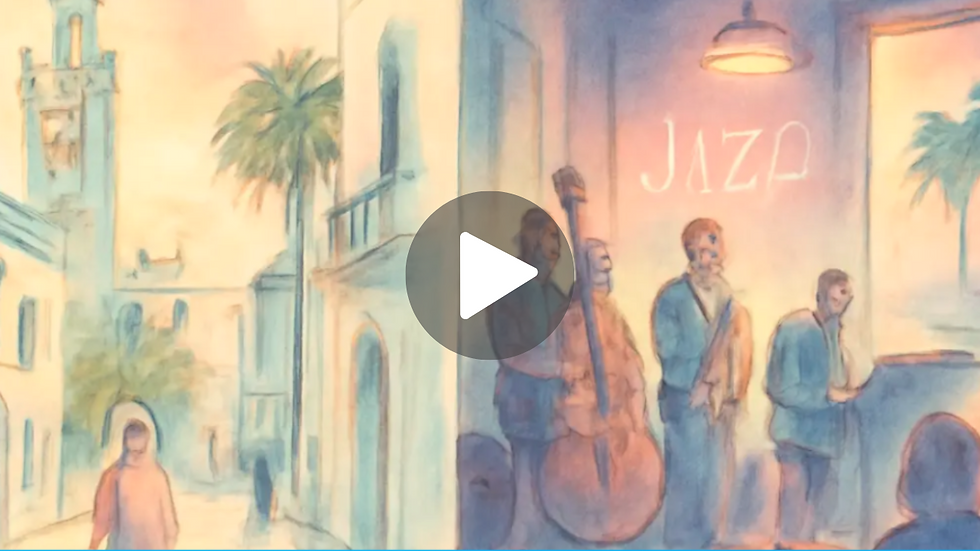Sonny Rollins and the Bridge: A Saxophonist’s Journey of Reinvention
- Joshua Quddus

- Dec 4, 2024
- 2 min read
Sonny Rollins stood alone on the Williamsburg Bridge in 1959, his tenor saxophone cradled against the chill of the New York night. Below him, the city hummed with the sounds of life—cars rumbling, ferries churning the East River—but Rollins’ focus was singular. This wasn’t just practice; it was a retreat, an act of reinvention.
By that time, Rollins was already a towering figure in jazz. At 29, he had played with legends like Miles Davis, Thelonious Monk, and Max Roach. Albums such as Saxophone Colossus (1956) had cemented his reputation as a virtuoso and innovator. Yet, in the face of mounting acclaim, he felt dissatisfied. “I had reached a point where I wasn’t progressing,” Rollins said later. “I needed to step back and reassess.”
So, Rollins vanished. For nearly two years, he withdrew from public performance, an act unheard of for a musician at the height of his career. While rumors swirled about his whereabouts—some claimed he was in India studying yoga—the truth was both simpler and more extraordinary: Rollins was on the Williamsburg Bridge, practicing.
Rollins’ bridge sojourn was born out of necessity. Living on Manhattan’s Lower East Side, he wanted a space where he could play without disturbing neighbors. The bridge offered not only privacy but also a unique acoustic environment. “The sound was perfect,” he recalled. “The reverberation gave me something to work against, to push me further.”
The result of this period of introspection was The Bridge (1962), a seminal album that marked Rollins’ return to the public eye. Recorded with guitarist Jim Hall, bassist Bob Cranshaw, and drummer Ben Riley, the album signaled a departure from Rollins’ earlier, fiery bebop style. Instead, it embraced a cool, cerebral aesthetic, with Rollins exploring harmonic and rhythmic nuances with a newfound clarity.
The title track, “The Bridge,” encapsulates the spirit of this era. Its melody unfolds like a conversation, deliberate and introspective, while Rollins’ improvisations seem to trace the contours of his journey—searching, questioning, and ultimately resolving. Critics hailed the album as a masterpiece, with The New York Times calling it “a bold statement of artistic integrity and renewal.”
Beyond its musical significance, The Bridge has taken on symbolic weight. It represents not just Rollins’ personal transformation but also the power of pause in a world that often glorifies relentless forward motion. In an era where artists face constant pressure to produce, Rollins’ retreat serves as a reminder of the creative potential in silence and solitude.
Today, Sonny Rollins is 94 and retired from performing due to health issues. Yet the bridge remains central to his legend, a testament to his commitment to artistry. In interviews, Rollins has described the bridge as “a sacred place,” one that allowed him to reconnect with himself and his music.
The Williamsburg Bridge still stands, its steel beams arching over the East River. For those who know Rollins’ story, it is more than a thoroughfare; it is a monument to a man who dared to step away from the spotlight to find his voice. In doing so, he illuminated a path for generations of artists who seek not just success, but authenticity.
This article blends historical context with a narrative style characteristic of The New York Times, capturing the significance of Sonny Rollins’ retreat and the album The Bridge.
.jpg)




Comments